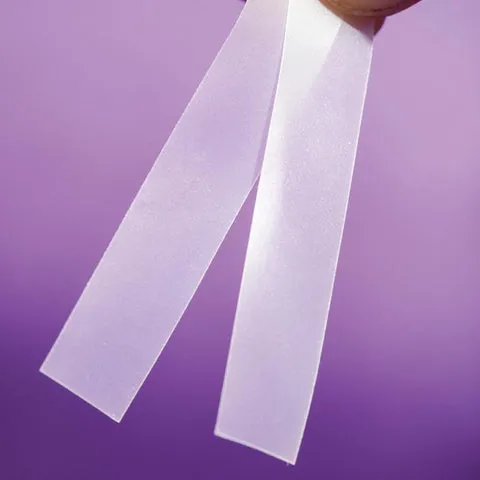Whitening Strips Use Best Practices
Achieving a brighter smile with teeth whitening strips is a popular cosmetic dental procedure. However, to maximize their effectiveness and minimize potential side effects, it’s crucial to understand the correct usage. One of the most frequently asked questions is: Should you brush your teeth before or after applying whitening strips? This guide will break down the best practices for incorporating whitening strips into your oral hygiene routine, ensuring you get the best results while protecting your teeth and gums.
Should You Brush Teeth Before Whitening Strips?
The consensus among dental professionals is generally that you should brush your teeth before applying whitening strips. Brushing beforehand can significantly enhance the whitening process. This step is often overlooked, but it’s a cornerstone of effective whitening.
Why Brushing Before Matters
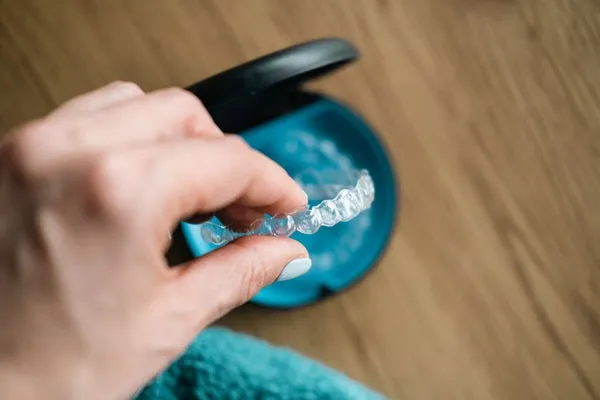
Brushing your teeth before using whitening strips prepares the surface for optimal results. This seemingly simple step offers several benefits that contribute to a brighter smile and a more effective whitening experience.
The Importance of a Clean Surface
A clean tooth surface is essential for the whitening strips to work effectively. Your teeth accumulate a thin film of plaque and other debris throughout the day, which can act as a barrier, preventing the whitening agents from fully contacting the enamel. Brushing removes this barrier, allowing the active ingredients in the strips to penetrate the enamel and lift stains more efficiently. A clean surface ensures the whitening process is not hindered by any obstacles.
Removing Plaque and Debris
Daily, your teeth build up a layer of plaque and food particles, which can make your smile less bright. Brushing removes this, creating a clean slate for the whitening strips. This debris can not only reduce the effectiveness of the whitening process but also affect the uniform application of the whitening agents, leading to uneven results.
Enhancing Whitening Strip Effectiveness
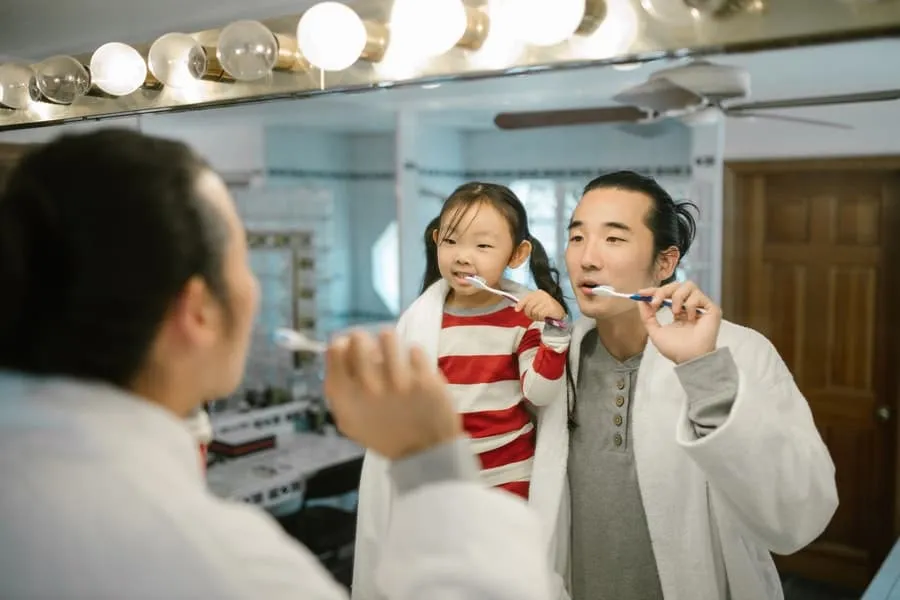
By removing the plaque and debris, brushing your teeth before applying the strips allows the whitening agents to directly interact with the tooth enamel. This direct contact ensures the whitening ingredients can effectively break down the stains and discoloration, leading to quicker and more visible results. This makes the whitening process far more efficient, making the most of each strip.
Should You Brush Teeth After Whitening Strips?
Whether you should brush after using whitening strips is a more nuanced question. While brushing before is generally recommended, brushing immediately afterward is often discouraged. This is because the teeth may be more susceptible to sensitivity and staining immediately after the whitening treatment.
Why Brushing After is Controversial
Brushing immediately after using whitening strips can potentially disrupt the whitening process and increase the risk of side effects. The enamel is slightly softened during the whitening process, making it more vulnerable. Understanding the risks associated with brushing after is vital for maintaining optimal oral health throughout the teeth whitening process.
Potential for Sensitivity
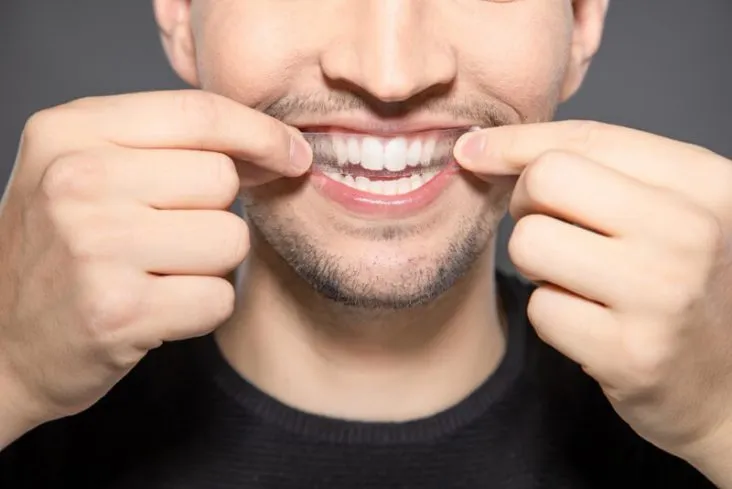
Whitening strips often contain ingredients that can cause temporary sensitivity. Brushing immediately after can exacerbate this sensitivity. The abrasive action of brushing, combined with the whitening agents, can irritate the teeth and gums, leading to increased discomfort. This is especially true for individuals with pre-existing sensitivity.
Risk of Staining
After using whitening strips, the enamel pores are slightly more open. This makes the teeth more susceptible to staining from food, drinks, and other substances. Brushing immediately after can potentially remove the protective layer of the strips and increase the risk of absorbing stains. It’s best to avoid staining agents directly after using the strips to ensure optimal results.
Best Practices for Post-Whitening Brushing
If you must brush after using whitening strips, it’s crucial to follow certain guidelines to minimize potential harm and maximize effectiveness. Knowing how to do so will help you keep your teeth safe.
The Ideal Timing for Brushing After Strips
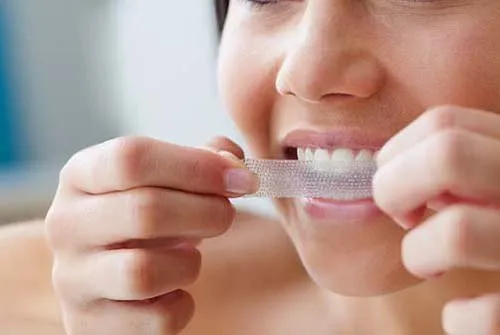
The best approach is to wait at least 30 minutes to an hour after using whitening strips before brushing your teeth. This allows the whitening agents to work effectively and the enamel to re-harden slightly, reducing the risk of sensitivity and staining. This gives the teeth time to recover before the next brushing.
How Long to Wait to Brush
As mentioned, ideally, wait for at least 30 minutes to an hour after removing the whitening strips before brushing. This waiting period allows the active ingredients to fully penetrate the enamel and reduces the chances of irritation or staining.
Gentle Brushing Techniques
When you do brush, use gentle strokes and avoid applying excessive pressure. This will help prevent any further irritation or sensitivity. Using a soft-bristled toothbrush is also highly recommended during this period. Remember, gentle brushing is key to protecting your teeth.
Recommended Toothpaste
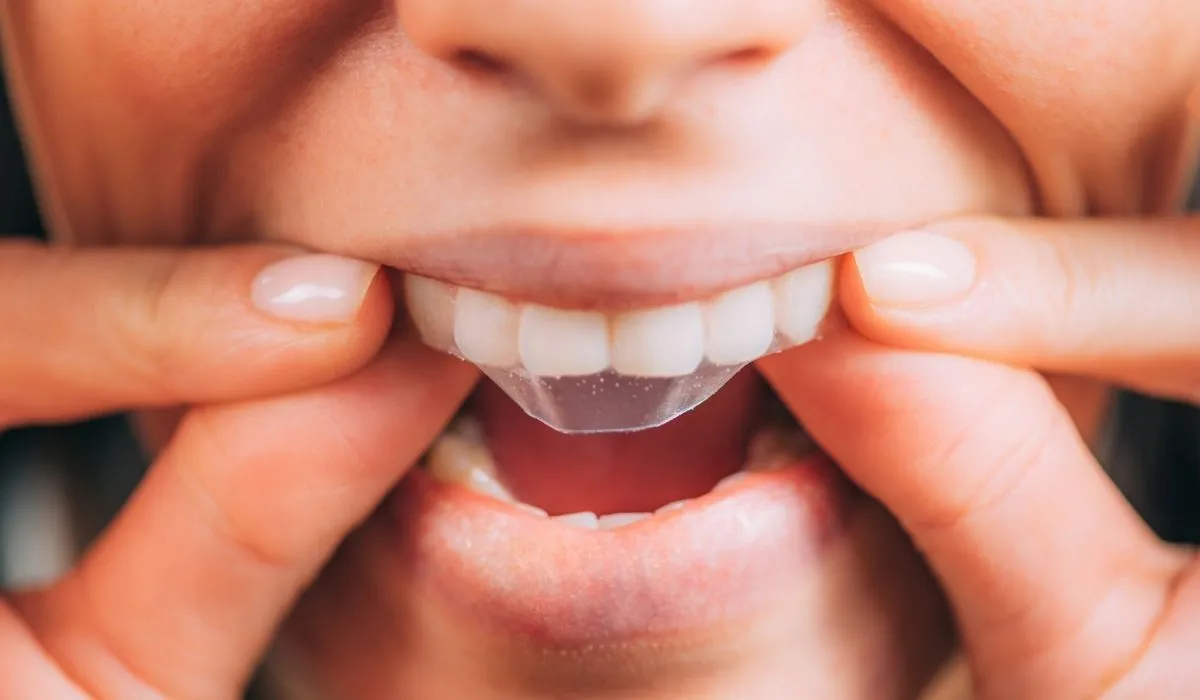
Choose a toothpaste that is designed for sensitive teeth or is fluoride-based. These toothpastes typically contain ingredients that help soothe the teeth and protect against sensitivity. Fluoride strengthens the enamel, further protecting your teeth. Avoid whitening toothpastes immediately after using whitening strips, as they can be too abrasive.
Alternative to Brushing After Whitening Strips
If you are concerned about brushing after whitening strips, there are alternative methods to keep your mouth fresh and clean without the risk of sensitivity or staining. These options will help you avoid any damage.
Rinsing with Water
Rinsing your mouth with plain water is a simple yet effective way to remove any remaining residue after using whitening strips. This helps clear away any lingering whitening agents and keeps your mouth feeling fresh. Just swish water gently around your mouth and spit it out.
Using Mouthwash

Use a fluoride mouthwash to further protect your teeth and freshen your breath. Choose an alcohol-free mouthwash to minimize any potential irritation. Swish the mouthwash gently for about 30 seconds, then spit it out, avoiding any vigorous rinsing.
Conclusion
The timing of brushing your teeth in relation to using whitening strips is crucial for achieving the best results while maintaining oral health. The simple steps of brushing before applying the strips, and waiting at least 30 minutes to an hour before brushing afterward, can make a significant difference in both the effectiveness of the whitening treatment and the overall health of your teeth and gums. Prioritizing these practices and following the recommended guidelines will help you achieve a brighter, healthier smile, and avoid common pitfalls associated with teeth whitening. Remember, it’s always best to consult with your dentist for personalized advice tailored to your specific oral health needs.
